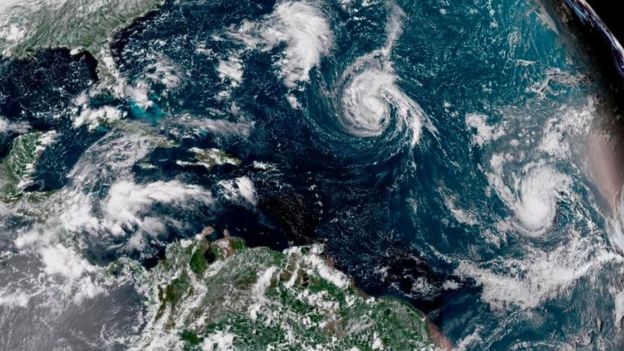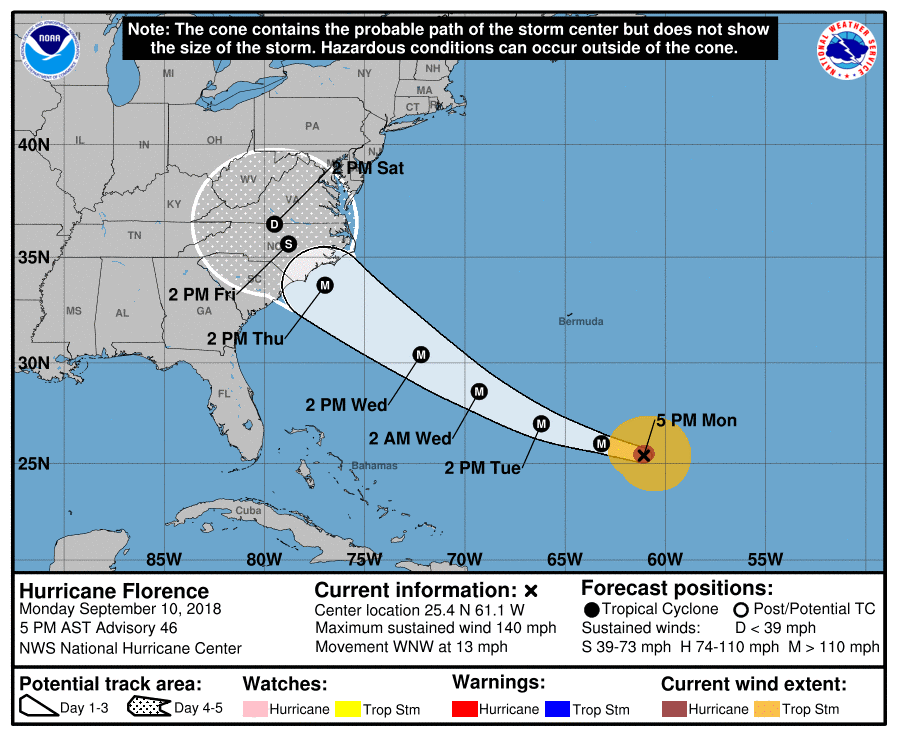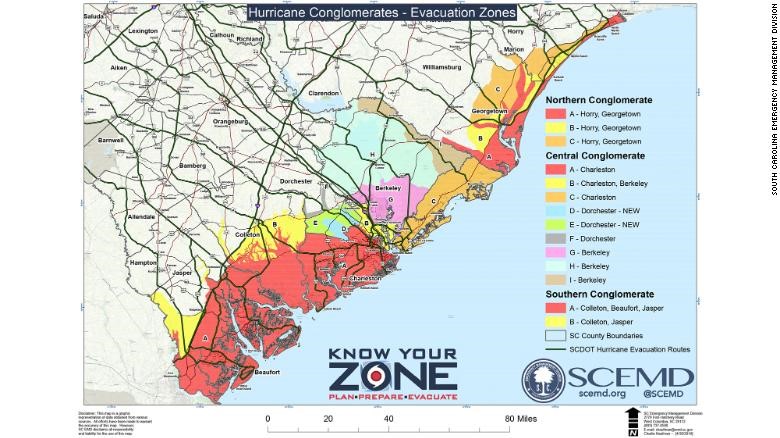Hurricane Florence sparks US exodus
September 11, 2018 | Expert Insights

Hurricane Florence continues to strengthen after reaching Category 4 status early today. Currently, the behemoth is barrelling toward the south-eastern U.S. coast, where forecasters expect a life-threatening storm surge, major flooding and damaging winds later this week. It is expected to strike the Carolinas by Thursday.
Background
When the maximum sustained winds of a tropical storm reach 74 miles per hour, it’s called a hurricane. Hurricane Season begins on June 1 and ends on November 30, but these powerful storms can occur before and after the official season. A hurricane can be an awesome and destructive force of nature.
Hurricanes originate in the Atlantic basin, which includes the Atlantic Ocean, Caribbean Sea, and Gulf of Mexico, the eastern North Pacific Ocean, and, less frequently, the central North Pacific Ocean. A six-year rotating list of names, updated and maintained by the World Meteorological Organization, is used to identify these storms.
A tropical cyclone is a rotating low-pressure weather system that has organized thunderstorms but no fronts (a boundary separating two air masses of different densities). Tropical cyclones with maximum sustained surface winds of less than 39 miles per hour (mph) are called tropical depressions. Those with maximum sustained winds of 39 mph or higher are called tropical storms.
Analysis
As of 5 p.m. local time on September 10th, Hurricane Florence was churning about 525 miles (845 km) south-southeast of Bermuda, with maximum sustained winds of 140 mph (220 km/h), making it a Category 4 storm, according to the National Hurricane Center (NHC). Due to a confluence of environmental factors, September 10 is the peak day for hurricane activity along the U.S. Atlantic coast, statistically speaking.
Large swells are already affecting Bermuda and parts of the U.S. East Coast, according to the NHC. Such swells can lead to dangerous surf and rip currents, the NHC warned.
State government offices, including schools and medical facilities, will be closed in 26 counties. It is estimated that about one million people will be affected by the order, including residents and visitors.
Florence - which was 1,200 miles (2,000km) southeast of Cape Fear, North Carolina, on Monday morning - started the day as a category two storm.
It would be the first category four storm to hit the region since Hugo ravaged North Carolina in 1989, wreaking $7bn (£5.3bn) in damage and claiming 49 lives.
The National Hurricane Center (NHC) says Florence has the makings of an "extremely dangerous" meteorological event.
It may bring catastrophic levels of rain and flooding to coastal and inland regions.

South Carolina's governor has ordered the evacuation of its entire coastline starting at noon on Tuesday in a move affecting about a million residents.
North Carolina officials on Monday ordered residents to evacuate the state's Outer Banks barrier islands while the governor described the state as "the bulls-eye" of the storm.
Naval Station Norfolk, the largest naval installation in the world, is preparing to send ships away from bases to weather the storm out at sea.

Since 1851, only 10 major hurricanes have done so, and the most recent was Fran in 1996, 22 years ago. Hugo in 1989 was the one before that and was a Category 4 at landfall. No hurricane has made landfall as a Category 5 in this region on record.
Assessment
Our assessment is that a warm ocean is a fuel that powers hurricanes, and Florence will be moving over waters where temperatures are peaking near 85 degrees (30 Celsius). We believe that with little wind shear to pull the storm apart, Florence’s hurricane wind field is expected to expand over the coming days, increasing its storm surge and inland wind threats.
We feel that a category 4 with a wind speed of 131 -155 mph can cause severe damages to houses, shopping centres, cause long term power outages and water shortages, while a category 5, with a wind speed of 155+ mph can completely destroy homes, cause extreme flooding and ensure that that power and water are potentially out for months.








Comments